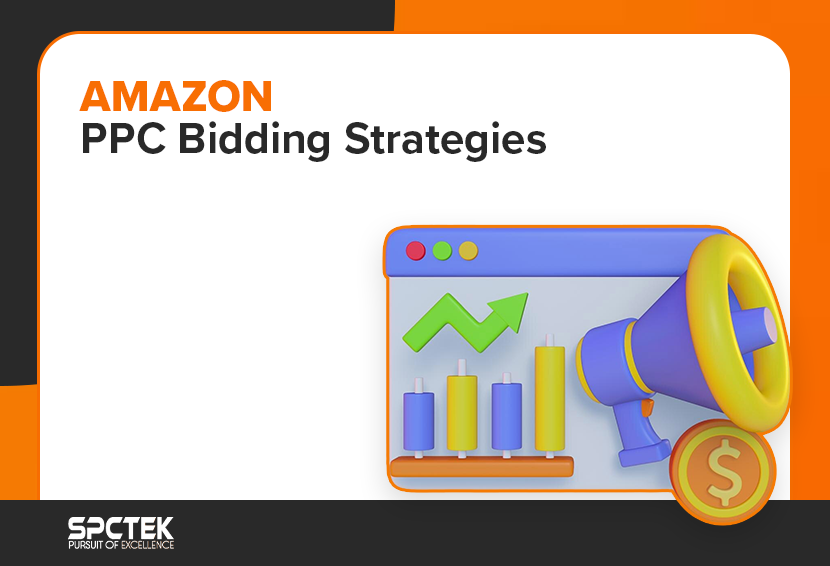Amazon’s advertising platform is one of the most effective tools to help you sell more products and make your brand widely recognized. However, if you’re just starting out, understanding Amazon PPC bidding strategies might seem overwhelming. Don’t worry, this guide will walk you through the basics and show you how to choose Amazon PPC bidding strategies that fit your goals perfectly.
How Amazon PPC Bidding Works
Amazon Advertising runs on an auction system where advertisers (sellers) compete against each other for the highest ad visibility. The sellers bid on specific keywords, and the one with the highest bid and the most relevant ad comes out on top.
The relevance of the ad depends on how accurately the search query of the shopper matches the seller’s targeted keywords. Ads that fail to be competitive in bidding and satisfy the shoppers’ search query sink down in rankings, losing visibility and conversion potential.
Bids vs. CPC: Understanding the Difference
CPC and bidding price are often mistaken for the same thing. But the fact is that you don’t have to pay the same price for your ad clicks that you bid. This difference occurs due to Amazon’s second-price auction model, where the highest bidder doesn’t have to pay the full bid amount but only one cent more than the second-highest bidder.
Suppose you’re the highest bidder with a bid of $3.00, and the second-highest bid is $2.50, you will only pay $2.51 rather than your full $3.00 bid when someone clicks on your ad.
Basics of Amazon PPC Bidding Strategy
Before diving into Amazon bidding strategies, it’s helpful to have a grasp of the basics of Amazon bidding. Understanding the basic concepts and tracking metrics such as costs, Amazon commissions, ACoS, RoAS, and PAS will help you assess the success of your ad campaigns and make better decisions.
Profit-Based Bidding
Whichever Amazon bidding strategy you use, you should never lose sight of the profit margins. In the race for visibility, Amazon sellers sometimes lose sight of the profits and end up having a bigger ad spend with fewer profits.
Profit is the part of the revenue that remains after accounting for all the business expenses, including advertising expenses. So to get a real sense of your revenue and profit, tracking metrics like ACoS, RoAS, and PAS is really important.
Advertising Cost of Sales (ACoS)
ACoS is an important metric for measuring the profitability of your ad campaigns. It is calculated as a percentage of total ad spend compared to ad-generated sales.
The goal is to keep the ACoS as low as possible because it indicates that your ad campaigns are generating more profit while consuming less revenue. On the other hand, a high ACoS means that your ad campaigns are eating away at your revenue and need a second look.
Generally, an ACoS of 15-20% is considered to be ideal for Amazon sellers, and higher than 40% is regarded as too high.
ACoS = (Total Cost of Ads/ Ad-Generated Sales) × 100
For example, if you spent $1,000 on ads and generated $4,000 in sales, your ACoS is 25%.
Return on Ad Spend (RoAS)
RoAS can be understood as the inverse of ACoS. It measures the revenue generated through ads as compared to the total ad spend. RoAS is calculated as a percentage or ratio by dividing the ad-generated revenue by the total cost of advertising.
What qualifies as a good RoAS varies from business to business, but a RoAS below the ratio of 3:1 is generally considered to be too low in terms of profitability.
ROAS = Revenue Generated by Ads/Cost of Ads
For example, if you make $1,000 in revenue from an ad spend of $250, your ROAS is 4:1 or 400%. This means for every $1 you spend, you earn a revenue of $4.
Profit on Ad Spend (PoAS)
Although ACoS and RoAS are crucial for tracking the success of your Amazon bidding strategy, they do not give you a clear picture of the actual profit. Only focusing on these two metrics can lead to a bias because they only provide you with estimated revenue, not the profit.
PoAS is calculated by dividing the profit by ad spend. It gives you a more accurate idea of whether your ad spend is actually profitable. It considers all the associated costs, including product costs, advertising costs, fulfillment costs, operational expenses, storage fees, platform fees, etc., and then compares what’s left in profits to the ad spend.
PoAS=Profit Generated by Ads/Cost of Ads
For example, if you make $1,000 in revenue from an ad spend of $250, your POAS will not be 4:1 or 400%. Instead, the associated costs will be first deducted from the total revenue, and the remaining amount will be divided by the ad spend.
If the profit after deducting the costs is $500, your PoAS will be 2:1 or 200%. This means for every $1 you spend, you earn a profit of $2.
Calculating the Maximum Bid
Calculating the maximum bid is among the basics of Amazon bidding. It helps you see whether your bid aligns with your desired returns. To determine the maximum bid for a keyword, you need two essential metrics: your target ROAS and your average conversion value. For Amazon sellers, the average conversion value is typically the average order value.
Here’s the formula to calculate the maximum bid:
Maximum Bid = (Target ROAS × Average Conversion Value) / 100
For example, if your target ROAS is 300% and your average conversion value is $60, the calculation would look like this:
Maximum Bid = (300 × 60) / 100
Maximum Bid = $18
This means you can afford to spend up to $18 per click, provided it results in a conversion that generates at least $60 in revenue. By setting this bid, you align your ad spend with your profitability goals.
Remember that the max bid calculated at any point is not a fixed value. You need to regularly monitor factors like competition, seasonality, and business goals to adjust your max bid for every keyword.
Also Read: The Ultimate Guide to Amazon PPC Metrics: What Every Seller Should Track
Different Types of Amazon Bidding Strategies
There are four different types of Amazon bidding strategies, each suited for different goals, budgets, and levels of control. Here’s an overview of these strategies:
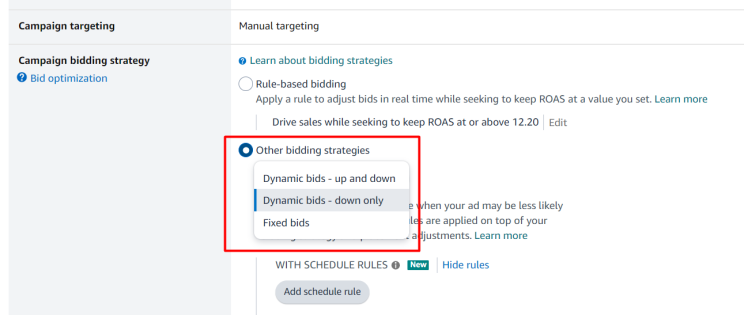
1. Dynamic Bidding (Down Only)
This option automatically lowers your bid when a sale seems unlikely. It’s an excellent choice for saving money and keeping your campaigns efficient. Most beginners start with this strategy because it helps minimize unnecessary spending.
2. Dynamic Bidding (Up and Down)
With this approach, Amazon raises your bid when there’s a good chance of making a sale and lowers it when the likelihood is low. This strategy is great for boosting sales, though it might cost more. It’s ideal for experienced sellers who aim to grow their sales while maintaining efficiency.
3. Fixed Bids
Here, your bid stays constant regardless of the likelihood of a sale. This method is especially useful for maximizing visibility, such as during a product launch. However, it’s essential to monitor your spending to avoid overspending.
4. Rule-Based Bidding
In this strategy, you define specific rules for how your bids should change. For instance, you can set a target Return on Ad Spend (ROAS), and Amazon adjusts your bids to meet that target. This approach works well for advanced sellers who have plenty of data and want precise control over their campaigns.
Adjusting Bids by Ad Placement
Not all ad spots are created equal. Some spots are far more valuable than others, which is why learning about Amazon PPC bidding strategies is so crucial.
Amazon offers a feature called “Adjust Bids by Placement.” This tool allows you to increase your bid for high-visibility spots, such as the “Top of Search” section, by up to 900%. Here are the three primary ad placements you can target:
- Top of Search: Ads appear right at the very top of the first page of search results. This spot grabs the most attention and clicks.
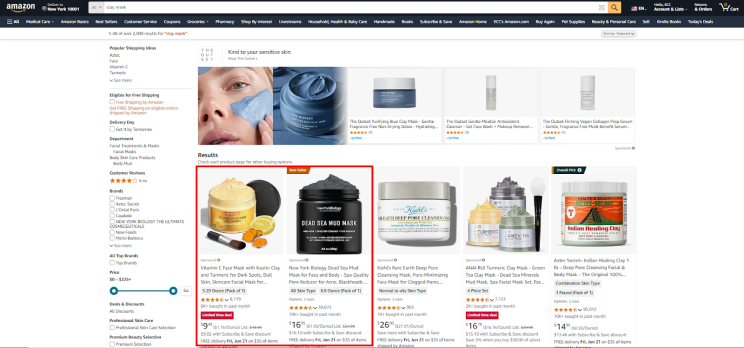
- Product Pages: Ads are shown on individual product pages and related areas like the “Add to Cart” section.
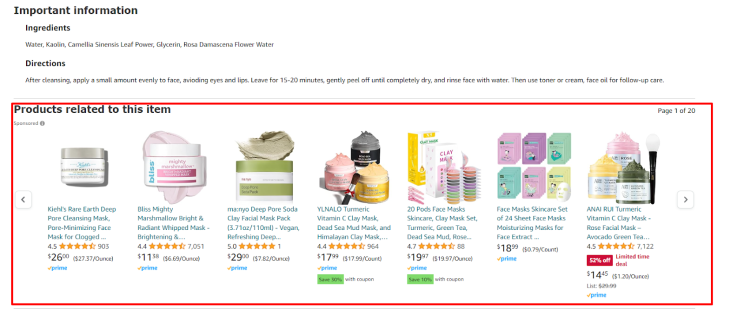
- Rest of Search: These placements include all the other spots beyond the first page of search results.
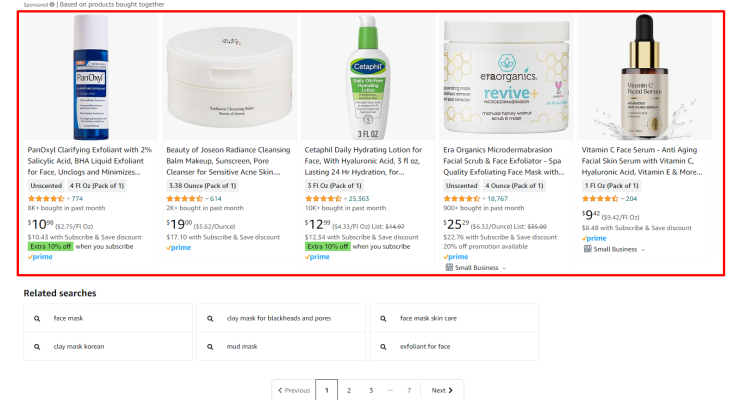
Using Amazon PPC bidding strategies tailored to these placements can help you optimize your ad performance. For instance, raising your bid by 50% for “Top of Search” might lead to higher clicks and conversions.
Also Read: Amazon Ad Types and Their Benefits: A Complete Guide
How Automatic Targeting Works
With automatic targeting, you rely on Amazon to manage most aspects of your ad campaign. Your primary role is to set a CPC bid and provide relevant keywords, while Amazon takes care of determining how your ads are displayed and which customers they reach. Currently, automatic targeting is only available for Sponsored Products campaigns.
Although you don’t have control over specific ad placements in automatic campaigns, you can still adjust the maximum bid for each ad group based on your budget. This is where your Amazon PPC bidding strategy becomes important.
Each ad group in an automatic campaign is divided into four categories: close matches, loose matches, complements, and substitutes. For these categories, you can set percentage adjustments to fine-tune Amazon’s bid optimization. For instance, applying a -30% adjustment to loose matches will reduce the bid for loosely matched placements by 30%.
Here’s a breakdown of these four categories:
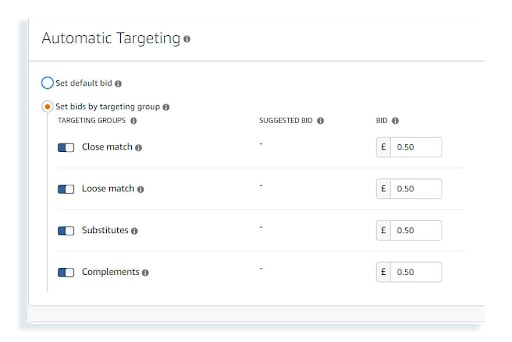
Close Matches
These are placements highly relevant to your product. For example, if you’re selling Adidas shoes, close matches might include search terms like “Adidas men’s running shoes.” These placements generally drive targeted traffic and yield better ad performance.
Complements
Complementary placements appear on product pages for items related to yours. For instance, if you’re selling Adidas shoes, complements might include listings for Adidas sports socks or other accessories. This strategy works best for sellers with larger budgets who want to attract potential buyers browsing related items.
Loose Matches
Loose matches involve placements that are only loosely related to your products. If you’re selling pencils, loose matches might include terms like pens, notebooks, or acrylic colors. This category often results in higher ad spend with minimal returns, so it’s typically not recommended.
Substitutes
Substitute placements target products similar to yours but sold by competing brands. For example, if buyers search for Adidas shoes, they might also see ads for Puma shoes. This strategy is suitable for sellers aiming to capture competitor traffic and draw buyers to their own listings.
Manual Targeting
Manual targeting lets you handpick keywords that best match your product. You can choose to bid at either the ad group level or the keyword level, but bidding on individual keywords is often more effective, especially during holidays or special occasions when precision matters.
Manual targeting offers three keyword match types to suit different advertising goals:
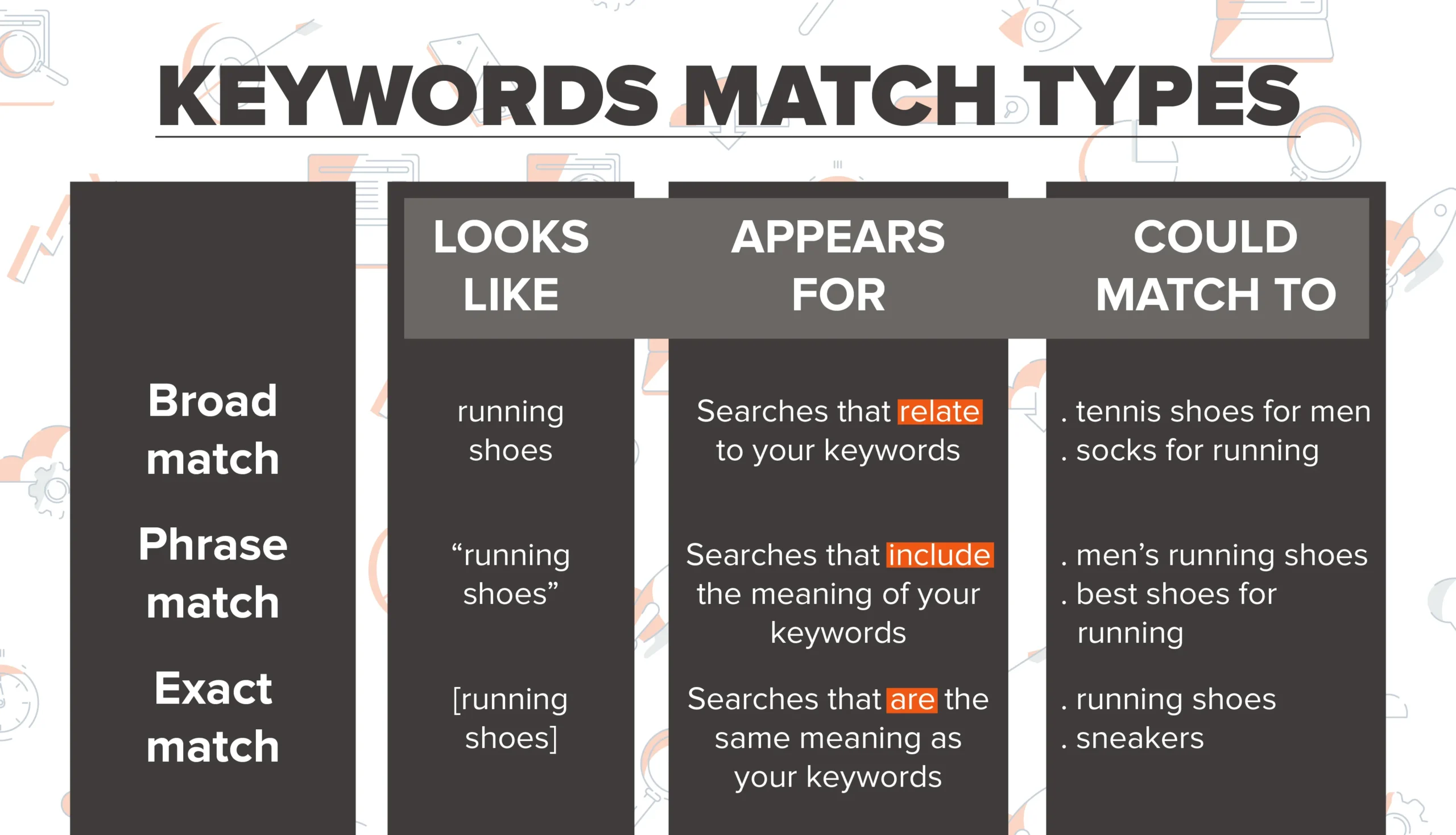
- Broad Match: Your ad appears when customers search for your keywords in any order, along with related terms. While this approach might not always give the most precise results, it’s excellent for gathering data, discovering new keywords, and increasing your ad’s visibility.
- Phrase Match: Your ad shows up when customers use your keywords in the exact order, even if they include prefixes or suffixes. This option strikes a good balance between reaching a broad audience and maintaining relevance.
- Exact Match: Your ad is displayed only when the customer’s search matches your keyword exactly, with no extra words or phrases. This method provides the most targeted traffic, helps improve conversion rates, and reduces unnecessary ad spend.
Implementing these Amazon PPC bidding strategies allows you to experiment with different match types, adjust bids, and remove underperforming keywords. This level of control ensures a more effective campaign, helping you optimize ad spend and achieve your advertising goals. Remember, Amazon searches are not case-sensitive, so capitalization won’t affect your keyword performance.
Picking the Best Amazon Bidding Strategy
Choosing the right strategy depends on your goals:
- If you’re new or have a tight budget, start with Dynamic Bidding (Down Only) to minimize risks.
- For a balanced approach, go with Dynamic Bidding (Up and Down).
- Launching a product? Use Fixed Bids to maximize visibility.
- For advanced control, opt for Rule-Based Bidding.
Tips from Amazon for Better Bidding
To get the most out of your ad campaigns, Amazon offers some valuable tips:
- Avoid running “Down Only” and “Up and Down” campaigns simultaneously, as they might compete against each other for the same clicks.
- Don’t compare older “Down Only” campaigns with newly launched “Up and Down” campaigns. Older campaigns may have an advantage due to their established history.
- Remember, when you copy campaigns, the sales history does not transfer to the new campaign.
Also Read: TACoS Troubles? 7 Tips for Perfecting Your Amazon Ads Strategy
Final Thoughts
Mastering Amazon PPC bidding strategies doesn’t have to be complicated. By understanding the basics of Amazon PPC bidding strategies, regularly reviewing bids and metrics to adapt to trends, selecting options that align with your goals, and effective keyword targeting, you can create campaigns that drive sales and grow your brand.
Got More Questions?
The best Amazon PPC bidding strategies depend on your goals. Dynamic bidding (down only) works well for cost-saving, while dynamic bidding (up and down) maximizes conversions. Fixed bids are ideal for product launches, and rule-based bidding offers advanced control for seasoned sellers aiming for precision.
Manual bidding gives you full control to select keywords and set bids, but it requires expertise to be executed effectively. On the other hand, automatic bidding lets Amazon handle placements and keyword selection, which can be useful if you’re inexperienced.
Negative keywords prevent your ads from showing for irrelevant searches, enhancing the efficiency of your Amazon cost-per-click (CPC) strategies. For example, excluding “cheap” as a keyword ensures your luxury product ads avoid low-value clicks, saving money and improving ROI.
Adjust bids weekly to refine underperforming keywords, monthly for strategic updates, and in real time for high-priority campaigns. Consistent reviews align your ads with changing trends and improve the effectiveness of Amazon PPC bidding strategies.
Track ACoS to measure cost efficiency, ROAS for revenue insights, CTR for ad relevance, and conversion rates for effectiveness. Metrics like PoAS provide a deeper understanding of profitability, forming the basis of the best Amazon bidding strategies.

